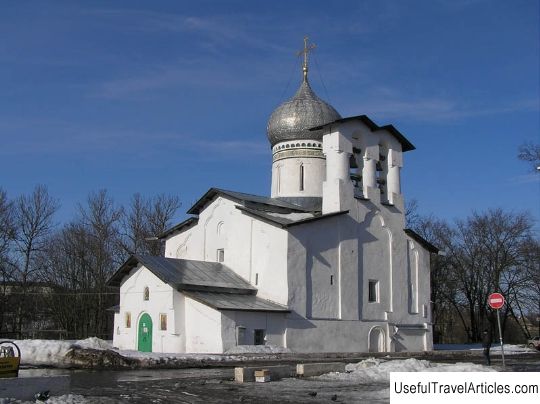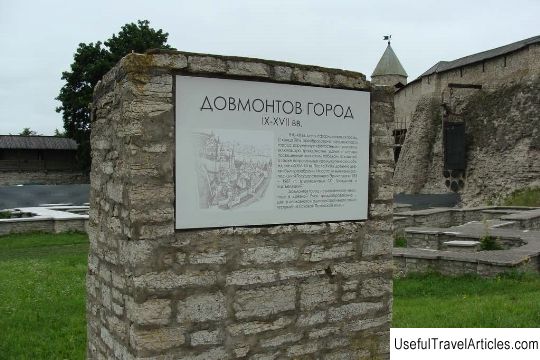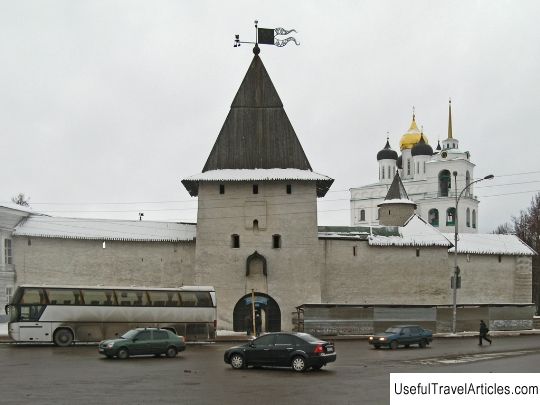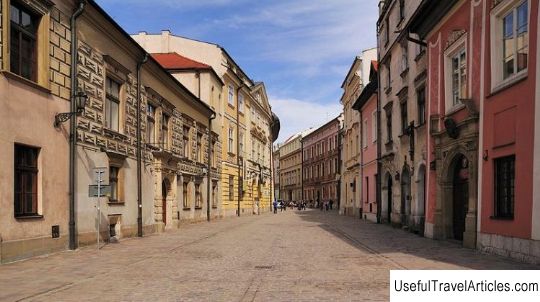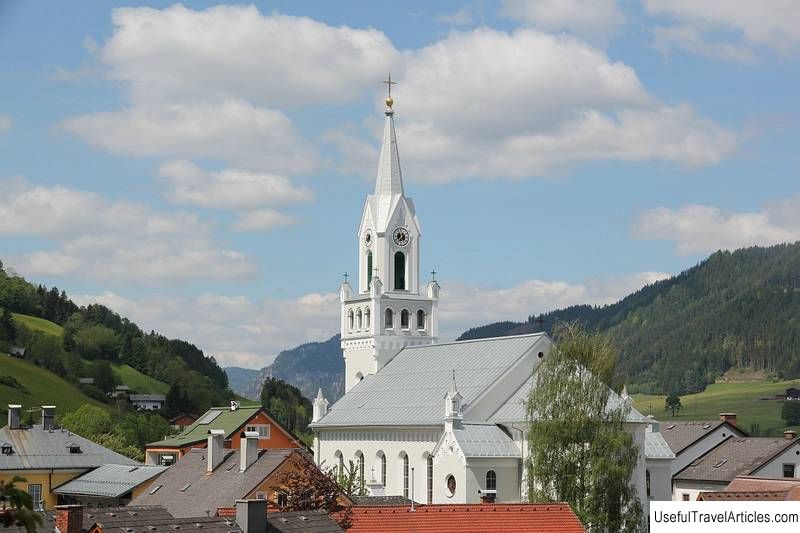Peter and Paul Church on Breza description and photos - Russia - Northwest: Pskov
Rating: 7,5/10 (100 votes) 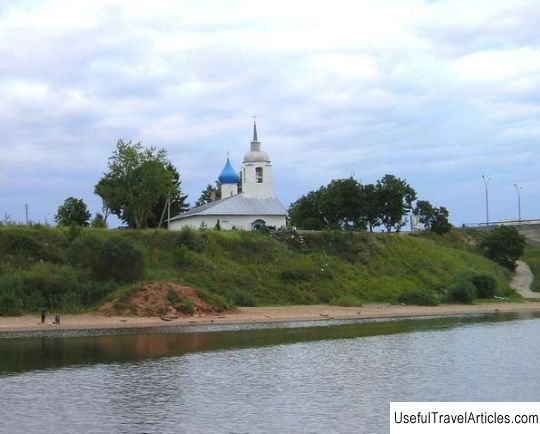
Peter and Paul Church on Breza description and photos - Russia - North-West: Pskov. Detailed information about the attraction. Description, photos and a map showing the nearest significant objects. Photo and descriptionThe first mentions of the Peter-Pavlovsk Church on Breza are closely related to the name of the holy prince Dovmont-Timofey. As you know, Prince Dovmont was Lithuanian by birth and with inherent decisiveness did not wait for the main forces of his army and struck the enemy at the church of Saints Paul and Peter, which was his very last victory, because a few months after this event in 1299, Prince Dovmont died. As Okulich-Kazarin writes about the Sirotkin Monastry, it was located north of the city, on the territory of a field a couple of miles from the famous Varlaam Gate in Zapskovye. The exact time of the founding of the monastery, as well as the construction of the Peter-Pavlovsk church, is still unknown. The small museum of the Pskov archaeological island contains several documents that belonged to the monastery, and the oldest of them dates back to 1538. In 1682, the Pskov Archbishop Arseny settled in the monastery, who ruled the diocese since 1665, and died here in 1684. The Church of Peter and Paul has a rectangular elongated shape, elongated from east to west ... She did not get this kind of appearance right away, but when the refectory was added. In the wall on the left side there is a sealed window that looked out, but after the reconstruction of the left warm side-chapel, it was destroyed. On the right side of the altar, right under the floor, is the burial place of Archbishop Arseny. Nal's grave Arseny made a tombstone with several inscriptions in four languages: Latin, Greek, Polish, German. In some places on the walls you can see poorly sealed voices. The side-chapel was covered with a long cylindrical vault with formwork. According to the inscriptions, it was renewed during 1832 and 1897. On the right side of the pillars on the western facade, there is a low door that leads to a small stone staircase made in the wall itself. If you go up this staircase, you can see the lower tier of the ancient bell tower, the spans of which have long been repaired; on top of this tier there is a second tier, a later one, which now serves as a bell tower. Further, the stairs lead to the left side directly to the attic, which is located above the temple itself and the refectory room. In this place is a small room made of stone. According to legend, this room was the cell of Archbishop Arseny. A little further, there is a more spacious room with a sealed window opening located directly opposite the temple iconostasis. This was the window mentioned earlier. It is believed that Archbishop Arseny himself prayed at this window. It is known that until 1912, an interesting and rather graceful cross, consisting of four tiles of green glaze, was kept on the stone wall of the attic. Village teenagers and children, for a joke, completely shot this cross with stones. Until the beginning of 1901, the temple fence had an ancient holy gate, built in 1757. Now these gates are no longer there - they were demolished due to dilapidation; in their place are new brick gates. During the years of Soviet power, the Peter-Pavlovsk Church was still active until 1953. The closing period fell on 1953-1997, during which the temple was used as various kinds of storage facilities. During its closure, the Church of Peter and Paul lost almost all of its icons, almost all the frescoes were knocked down; only on the second floor of the building there are preserved a small monastic cell and a prayer room. The window opening of the room is directed towards the temple. It is assumed that the monastic cell belonged to Archbishop Arseny. In 1998, a new opening of the temple took place. Abbot Andronic from the village of Videlebye became the rector of the temple, later he was replaced by priest Ioann Minaev. Now the temple has been completely revived and is conducting its work.      We also recommend reading Reserve ”Foce del Isonzo” (Riserva Naturale della Foce dell'Isonzo) description and photos - Italy: Grado Topic: Peter and Paul Church on Breza description and photos - Russia - Northwest: Pskov. |
